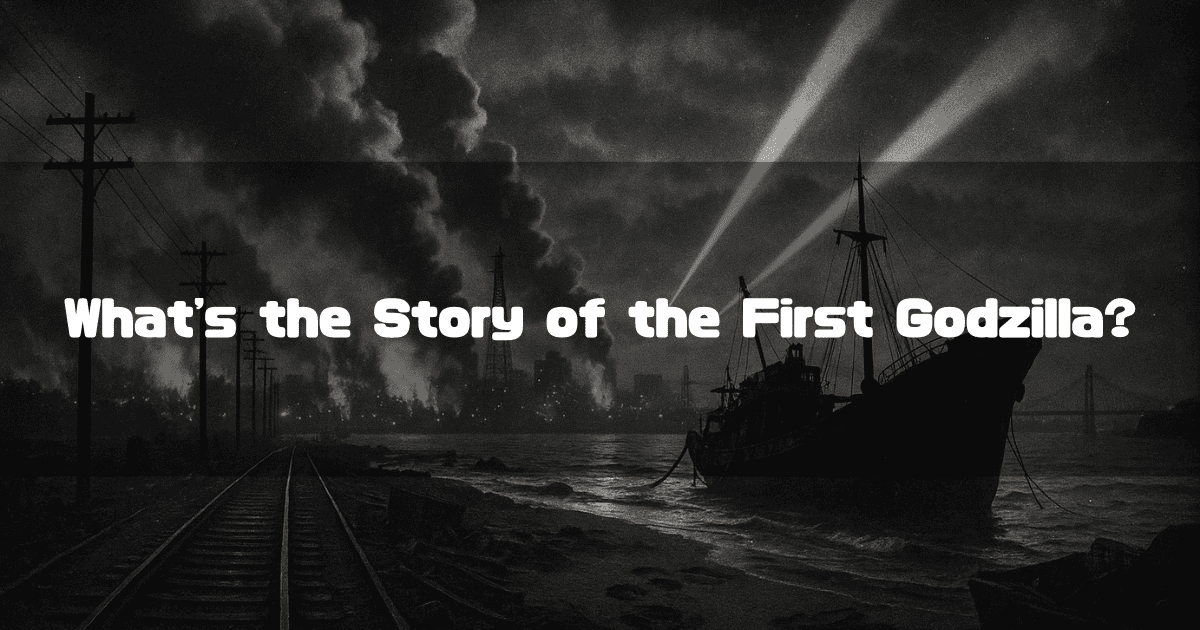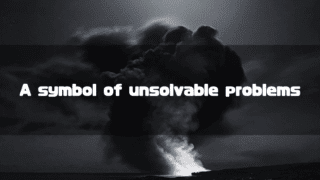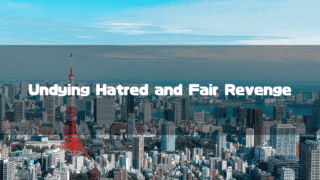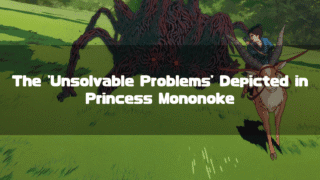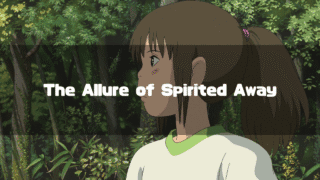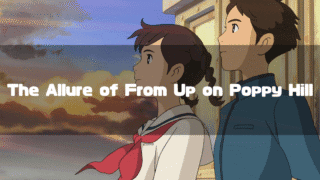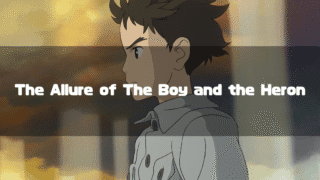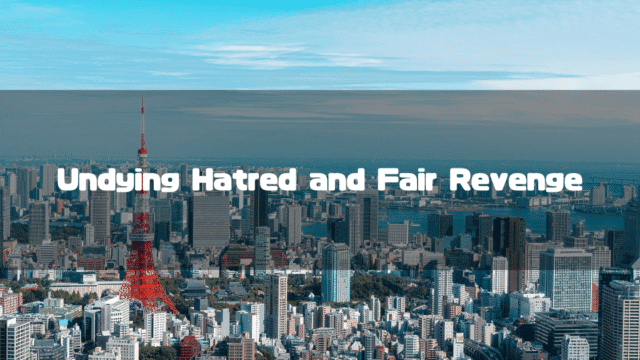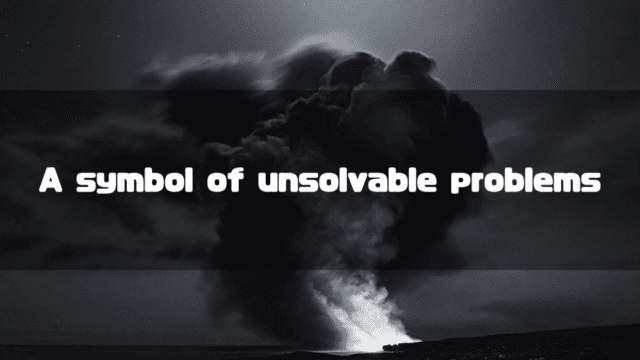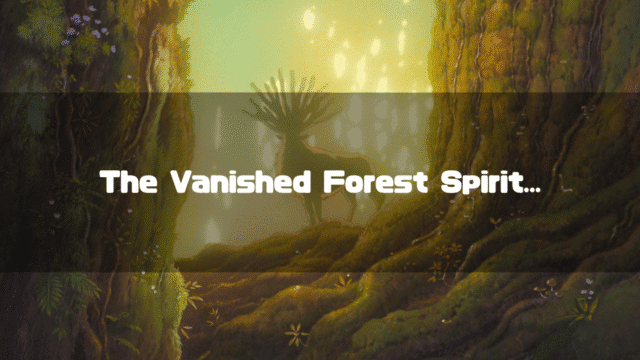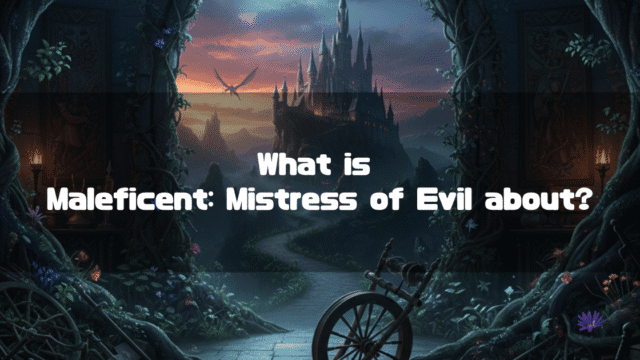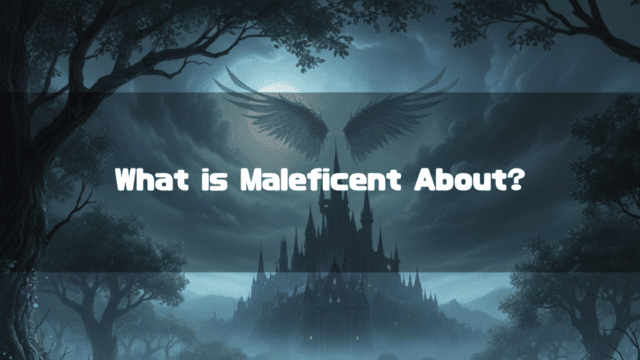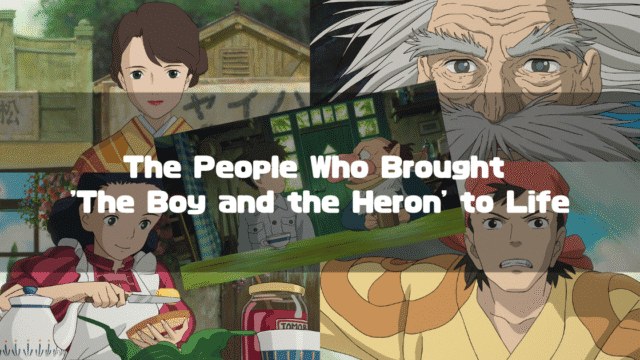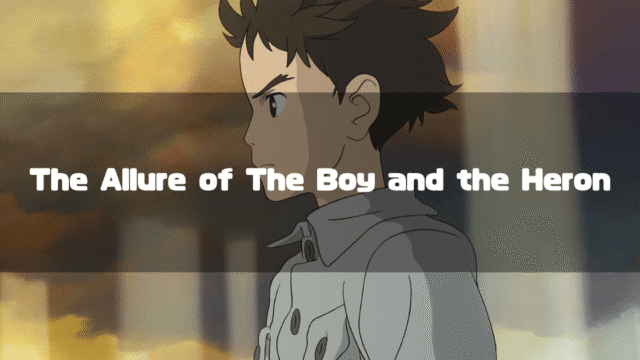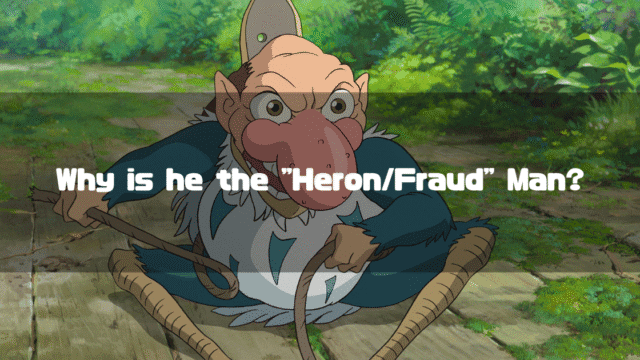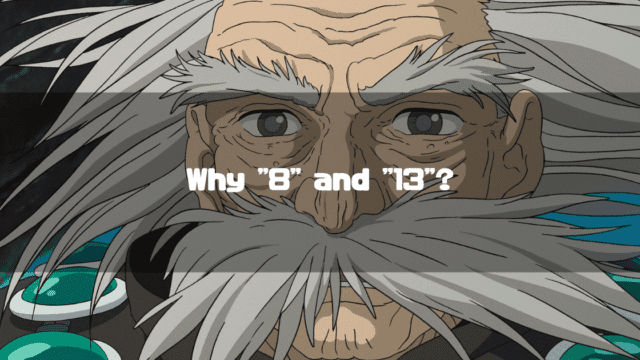Godzilla (hereafter referred to as the original Godzilla), released on November 3, 1954, is a theatrical film directed by Ishiro Honda and the first installment in the long-running Godzilla series.
It’s a sufficiently old film for me, and I vividly remember avoiding it as a child simply because it was in black and white. Furthermore, it has certain aspects, such as omissions that wouldn’t be overlooked in modern cinema (for example, how Godzilla’s location was pinpointed in the finale), that might lead one to constantly nitpick unless viewed with the understanding that it is an “old” movie.
Nevertheless, the original Godzilla shines with a special brilliance among the multitude of “Godzilla films” that have proliferated to this day, and it can undoubtedly be called a masterpiece.
This time, I would like to explore its charm while looking back at the synopsis of the original Godzilla.
The focus of my analysis will be the two scholars who appear in the film, Dr. Yamane and Dr. Serizawa. I believe that the presence of these two doctors elevates the original Godzilla to a level that subsequent works could never reach.
First, let’s review the plot of the original Godzilla.
*This article is an English translation of the original Japanese article, 【初代ゴジラ】ネタバレあらすじと考察-山根博士と芹沢博士が象徴する「罪」と「破壊」-.
Let an AI walk you through the highlights of this post in a simple, conversational style.
- The Symbolism of the Two Doctors and the Film’s Multi-layered Nature
The film’s appeal lies in the presence of two contrasting doctors. Dr. Yamane symbolizes humanity’s “guilt” for creating Godzilla, while the eye-patched Dr. Serizawa represents the “scars of war” and the “anger” and “destruction” born from them, giving the story a multi-layered depth. - A Shared Theme Entrusted to Monster and Man
In this film, both the monster Godzilla and the human Dr. Serizawa are depicted as symbols of “tragedies born from human karma,” such as hydrogen bomb tests and war. This dual structure expresses the magnitude of the suffering hidden within people. - Serizawa’s Self-Sacrifice and the Question of How to Face “Anger”
Serizawa chooses to share his fate with Godzilla, the symbol of his own “anger,” along with the secret of the Oxygen Destroyer. While this carries the message to “subdue your anger,” his heroic act also serves to engrave in our hearts the “scars” and “anger” we must never forget. - Why It’s a Masterpiece That Transcends a Simple Monster Movie
The true charm of this work lies in how it masterfully depicts universal themes such as humanity’s “sin” and the unforgettable “scars of war” beneath the surface of a monster panic, through the existence of Godzilla and the two doctors.
- Godzilla (1954) Synopsis (Spoilers Ahead)
- Godzilla (1954) Analysis: What Dr. Yamane and Dr. Serizawa Symbolized
- Dr. Yamane’s Anguish: Naturally Portraying “Guilt” Through a “Scholar”
- What Dr. Serizawa Symbolized: The Scars of War, Destructive Impulses, and Anger
- Serizawa, Who Sank “Anger” into the Sea with Godzilla
- Summary and Charm of the Analysis of Godzilla (1954)
- Appendix: What Solidified Dr. Serizawa’s Decision
Godzilla (1954) Synopsis (Spoilers Ahead)
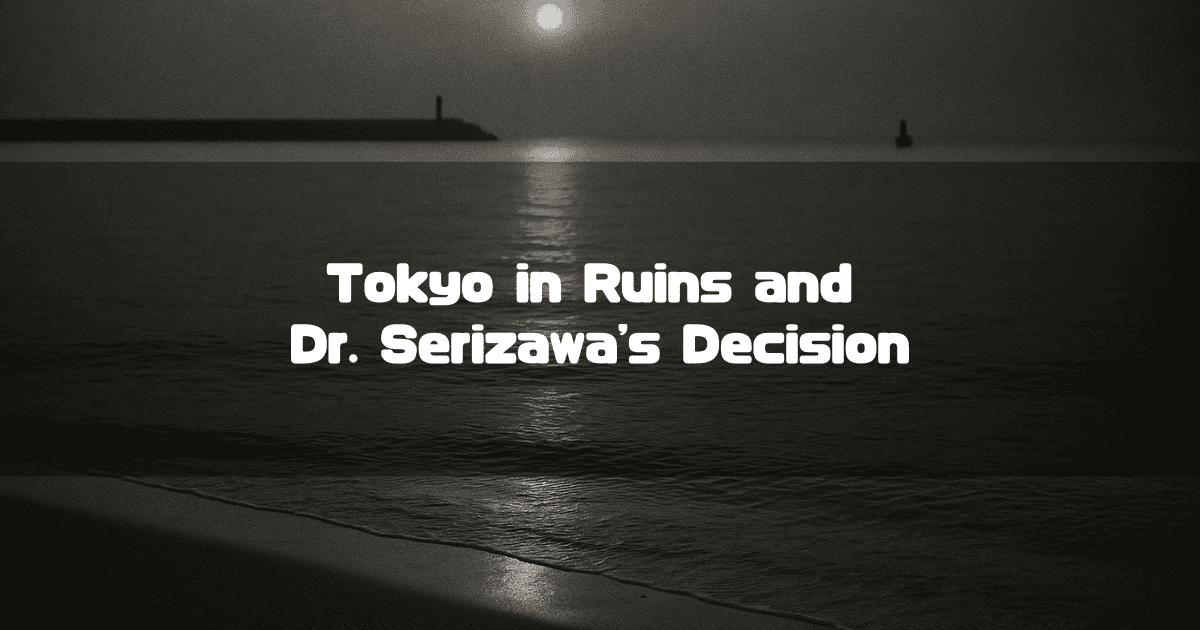
A Quick Summary, Character Map, and Explanation
-
A Mysterious Monster Appears
A series of unexplained maritime accidents occur. An investigation reveals they are the work of Godzilla, an ancient monster awakened by a hydrogen bomb test. -
Tokyo in Flames
Breaking through the defense lines, Godzilla makes landfall in Tokyo. It incinerates the city with a radioactive heat ray from its mouth, plunging Japan into the depths of terror. -
The Existence of a Superweapon
Amid the devastation, it is revealed that scientist Dr. Serizawa has secretly developed a superweapon, the “Oxygen Destroyer,” which destroys oxygen in the water and disintegrates living organisms. -
The Doctor’s Conflict and Resolve
Fearing misuse of the weapon, Serizawa refuses to use it. However, moved by the people’s desperate cries, he decides to use it just once to defeat Godzilla. -
Self-Sacrifice and a Warning for the Future
To ensure the secret of his invention is not left to posterity, Serizawa takes his own life along with Godzilla. The monster is defeated, but a warning is issued that as long as the nuclear threat continues, a second Godzilla may appear.
Character Map
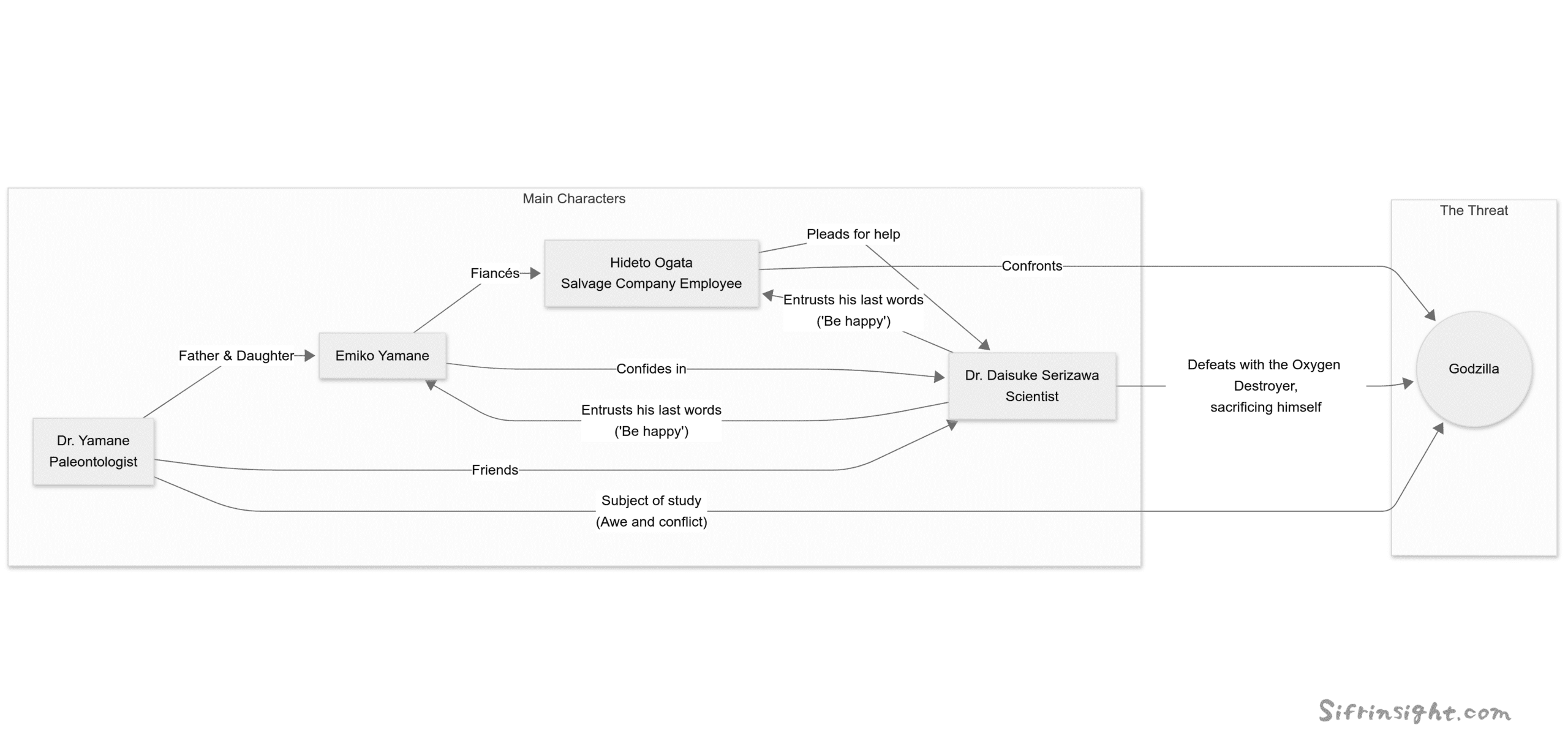
Story Explanation
This is the first film in the still-ongoing Godzilla series. In this work, Godzilla is a creature mutated by hydrogen bomb tests, a tragic life form born from human karma (or sin).
The film was released on November 3, 1954, less than ten years after the end of the Pacific War. That fact itself is astonishing, but the depiction of Tokyo in the film no longer evokes the “scars of war,” and people are enjoying new days.
On the other hand, Dr. Serizawa, who conducts his research in secret in his basement and develops the Oxygen Destroyer, clearly bears the “scar of war” in the form of an “eyepatch.”
The film Godzilla (1954) succeeds in giving the story a multi-layered quality by having two opposing entities, Godzilla the monster and Dr. Serizawa the human, simultaneously symbolize things like “the scars of war” and “human sin.”
Furthermore, since Godzilla is a threat that destroys people’s lives, it must be eliminated as an “imminent danger,” even if its origin is humanity’s own doing. However, at the end of the story, when Godzilla is annihilated by the Oxygen Destroyer, a certain “guilt” lingers in our hearts. This is because the paleontologist Dr. Yamane, who was extremely protective of Godzilla, brilliantly stood as an antithetical figure against this “human karma.”
The love between Ogata and Emiko depicted in the story can also be seen as a manifestation of a “new era.” On the other hand, Serizawa loses his own love, perhaps because he was a being who also carried “something old.”
It is wonderful that people were able to enjoy their lives after the end of the Pacific War, and I feel a deep respect for those who actually lived through that era. However, with that as a major premise, one might also read a message from the movie Godzilla that we must never forget the “‘something old’ that serves as a foundation,” which tends to be forgotten in a changing world.
In the latter half of this article, I would like to delve a little deeper into the narrative aspects.
First, let’s look back at the synopsis of the original Godzilla in more detail.
Maritime Accidents and Odo Island
A series of mysterious incidents occur in the Pacific Ocean where cargo ships and fishing boats vanish one after another. Even a rescue boat meets the same fate, and Japan is enveloped in fear. On Odo Island, near the affected sea area, whispers of a legendary sea monster called Godzilla circulate. Dr. Yamane, who goes to investigate, discovers radioactivity and a trilobite, a creature thought to be extinct, from a giant footprint. That night, amidst a storm, Godzilla reveals its massive form and inflicts devastating damage on the island.
Godzilla, the Offspring of the Nuclear Age
Returning to Tokyo, Dr. Yamane reports that Godzilla is an ancient creature awakened from its deep-sea habitat by hydrogen bomb tests. Debate erupts within the government over making Godzilla’s existence public, but eventually, a plan is made to build a high-voltage barrier in Tokyo Bay to prevent its intrusion. Meanwhile, the doctor’s daughter, Emiko, and her lover, Ogata, visit the enigmatic scientist Daisuke Serizawa, where Emiko witnesses the terrifying invention he has created.
The First Attack—Tokyo in Flames
Finally, Godzilla makes landfall in Tokyo. Unfazed by the high-voltage barrier, it incinerates the city with a radioactive heat ray from its mouth. Buildings crumble, steel towers are toppled, and Tokyo is instantly reduced to ashes. As countless casualties mount, Godzilla, having wreaked havoc, disappears back into the sea.
The Secret Invention—The Oxygen Destroyer
Heartbroken by the devastation in Tokyo, Emiko confesses to Ogata that Serizawa’s invention is the “Oxygen Destroyer,” a device that destroys oxygen in water and disintegrates living organisms. Ogata pleads for his cooperation, but Serizawa stubbornly refuses, saying, “If this is used as a weapon, humanity will be doomed.” However, moved by Emiko’s desperate appeal, he decides to use this terrifying power just once and then destroy all of his research.
The Final Mission, Sacrifice, and a Prayer for Peace
Ogata and Serizawa head to the bottom of Tokyo Bay, where Godzilla lurks. Upon finding the sleeping Godzilla, Serizawa activates the Oxygen Destroyer, sends only Ogata to the surface, and, with the final words “Be happy,” shares Godzilla’s fate, taking the secret of his invention with him.
Godzilla is completely disintegrated by the Oxygen Destroyer. The people on the ship erupt in victory, but upon learning of Serizawa’s self-sacrifice, their joy turns to deep sorrow. Gazing at the placid sea, Dr. Yamane mutters, “I can’t believe that Godzilla was the last of its kind. As long as hydrogen bomb tests continue, another of Godzilla’s species will appear somewhere in the world.” His words resonate as a poignant warning against the threat posed by the power of science.
Godzilla (1954) Analysis: What Dr. Yamane and Dr. Serizawa Symbolized
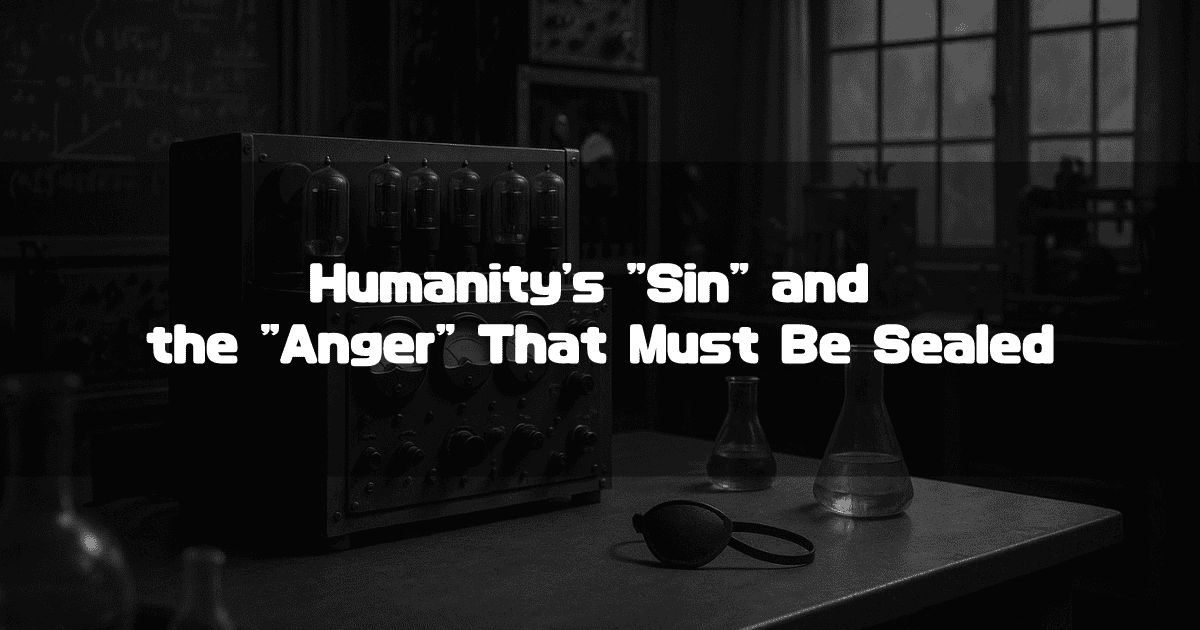
From here, I will analyze the charm of the original Godzilla, but first, let’s consider Dr. Yamane’s unique position.
Dr. Yamane’s Anguish: Naturally Portraying “Guilt” Through a “Scholar”
Just as in the Godzilla series that continues to this day, the original Godzilla portrays Godzilla as a being that inflicts immense damage on people (or rather, later works follow this precedent).
Right off the bat, three ships are sunk, and Odo Island, followed by Tokyo, is ravaged twice. In short, many people’s lives are lost because of Godzilla. Therefore, people must eliminate Godzilla immediately.
However, Dr. Yamane’s attitude and feelings towards Godzilla are completely different from those of the general public; he prioritizes the study of Godzilla (which means its capture) and was deeply saddened by humanity’s attacks on Godzilla.
I believe that expressing this sadness through a “scholar” is a crucial point of this film.
In the first place, the reason Godzilla became so monstrous was because of the hydrogen bomb tests. Therefore, from the perspective of “humanity,” being ravaged by Godzilla is nothing short of “reaping what one sows” (though it’s a nuisance from Japan’s perspective).
Consequently, it is inevitable that a certain “guilt” arises in exterminating Godzilla, and while that should be depicted, the problem of how to depict it remains.
One could show a scene of a mysterious citizens’ group demonstrating with signs saying “Don’t kill Godzilla~~~!”, but we would probably just think, “Are they idiots?” and be done with it (since many people are dying). Furthermore, we might even forget the “we-had-it-coming” feeling about exterminating Godzilla.
On the other hand, when Dr. Yamane expresses sympathy for Godzilla, a negative stereotype of “scholars” is activated—”scholars always say irresponsible things like this”—and we can perceive that a being not on the same level as us is irresponsibly expressing “sympathy.”
As a result, we are able to frankly accept the “guilt” that Dr. Yamane expressed on our behalf. As the “sin of humanity.”
Whether this was intentional or not, I think it is a masterful piece of direction.
What Dr. Serizawa Symbolized: The Scars of War, Destructive Impulses, and Anger
Now, let’s turn our thoughts to Dr. Serizawa.
Dr. Yamane symbolized the “guilt” towards Godzilla, but what did Dr. Serizawa symbolize?
Since he ultimately exterminated Godzilla with the “Oxygen Destroyer,” it is certain that what he symbolized was “destruction.”
However, another important element is his eyepatch.
In the film, Ogata makes the following statement:
I feel I shouldn’t hesitate with anyone, but when I think of Dr. Serizawa, I lose my nerve. If it hadn’t been for the war, he wouldn’t have had to suffer such a terrible injury.
(Original Text in Japanese)
誰にも遠慮することはないと思いながら、芹沢さんのことを考えると、どうも弱気になる。戦争さえなかったら、あんなひどい傷を受けずに済んだはずなんだ。
In other words, Serizawa’s eyepatch is not just a character design element; it exists as a symbol of the scars of war.
The original Godzilla was released in 1954. Less than ten years after the war’s end, the Tokyo depicted in the film has made a remarkable recovery, making one forget it is the “post-war” era. However, we know that the scars originating from the Pacific War, such as atomic bomb sickness, continue to this day, and it was an era when former soldiers who experienced the battlefield and people who suffered physical and mental wounds from air raids still existed.
Surprisingly, such “scars” are not explicitly depicted in the main story of the original Godzilla, but they are all concentrated in Serizawa’s eyepatch.
Thinking this way, the meaning behind Serizawa inventing the “Oxygen Destroyer” becomes clear.
The wound Serizawa suffered was not his fault; it was inflicted by the absurdity of war. This means that the “Oxygen Destroyer” invented by Dr. Serizawa is also a symbol of “anger.”
Serizawa, Who Sank “Anger” into the Sea with Godzilla
As mentioned earlier, Dr. Serizawa can be seen as symbolizing “destruction,” “the scars of war,” and “anger.” But what does his decision to share his fate with Godzilla signify?
Of course, one of its purposes is to erase the “Oxygen Destroyer” along with his own existence.
However, I feel there was another aspect to it.
The key point is that the fact that the “Oxygen Destroyer” was successfully activated and annihilated Godzilla became known to the world.
Under such circumstances, it is assumed that a development race for the “Oxygen Destroyer” will break out worldwide. The one Serizawa developed seems to only destroy oxygen in water, but if that’s possible, it seems likely the same could be done in the atmosphere. If a weapon that destroys oxygen, the source of life, could be developed, humanity could obtain a “clean weapon of mass destruction.” Therefore, it’s natural to think that development would proceed with great fanfare.
In such a situation, wouldn’t the absence of Dr. Serizawa in Japan be more of a problem? He might be able to develop a way to neutralize the “Oxygen Destroyer,” and he might be able to minimize the negative impact of Japan being at the mercy of the world.
In other words, when considering the story of Godzilla, if we think that Serizawa’s death was depicted solely to hide the manufacturing method of the “Oxygen Destroyer,” it feels somewhat half-hearted or incomplete.
So, what is the meaning of Serizawa sharing his fate with Godzilla?
Wasn’t it to sink his own “anger” into the sea along with Godzilla? In other words, the movie is saying, “Subdue your anger.”
Frankly, I think one should speak out against absurdity, and I don’t think it’s good to pretend that the “anger” towards the suffering inflicted by society doesn’t exist.
But that is precisely why I think the original Godzilla ended with a salute. The respect for the spirituality that subdued the “anger” that should have been vented is expressed there, and we etch in our hearts that we must never forget his “anger.”
Furthermore, that salute likely also expresses a sense of atonement towards Godzilla, which was transformed into a monstrous figure by the nuclear power created by humans, only to be exterminated again for human convenience.
Dr. Yamane’s feelings for Godzilla are brilliantly brought full circle in the final scene.
Summary and Charm of the Analysis of Godzilla (1954)
To summarize the analysis so far, I think it would be as follows:
On the surface, Godzilla (1954) is a success story of humanity, ravaged by a mysterious entity, uniting its wisdom to overcome that existence.
However, upon closer observation of the story, what is depicted is the “sin” (one might even say karma) of creating Godzilla and then exterminating it, as well as the hidden “anger” and “destructive impulse” of Serizawa, who was wounded in the war.
Moreover, “anger” and “destructive impulse” are symbolized by Serizawa, and at the same time, expressed through the existence of Godzilla. By simultaneously depicting the tragedy of war using both Godzilla, a monster, and Serizawa, a “human,” the film succeeds in expressing the magnitude of the suffering hidden within people.
And through the heroic act of Serizawa, who annihilated the structurally “self-inflicted” attack of Godzilla along with his own “anger,” the film instead engraves in our hearts the “anger” and “scars” that must never be forgotten.
And if asked, “So, what is the ultimate charm of the original Godzilla?” I think I could answer as follows:
By juxtaposing the life form born of nuclear power, Godzilla, with both Dr. Yamane and Dr. Serizawa, it masterfully depicted the unforgettable “scars” of humanity.
What kind of movie did you think the original Godzilla was?
Appendix: What Solidified Dr. Serizawa’s Decision
With what I’ve written so far, my analysis of the original Godzilla is essentially complete, but I think there’s a little more to consider regarding Dr. Serizawa.
Specifically, I think we should consider the question, “What was the deciding factor that made Serizawa decide to share his fate with Godzilla?“
What I’ve analyzed in this article is merely “what Serizawa’s death means,” and it doesn’t definitively explain his motivations. In fact, I’ve even gone so far as to say that “it would have been more natural for Serizawa to survive.”
However, I believe his actions can be explained by a very human reason. I have previously summarized this in the following article:

Why did he choose to erase himself?
About the Author
Recent Posts
- 2025-10-01
Godzilla(1954):Full Synopsis and Analysis: The “Sin” and “Destruction” Symbolized by Dr. Yamane and Dr. Serizawa - 2025-09-30
Godzilla (1954): Dr. Serizawa’s Love and His Suicide with the Monster - 2025-09-28
Princess Mononoke: What Did Ashitaka Mean by “The Forest Spirit Can’t Die. It Is Life Itself”? - 2025-09-27
E.T. The Extra-Terrestrial: Full Synopsis & Analysis: Why Did E.T. Collapse by the River and Come Back to Life? - 2025-09-21
Maleficent: Mistress of Evil Spoiler Review – An Analysis of its Abundant Plot Holes and the Abuse of the “Fairy Tale Structure”

